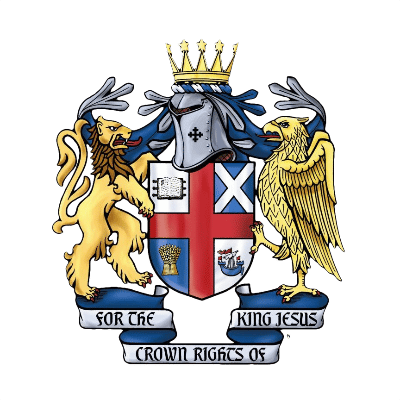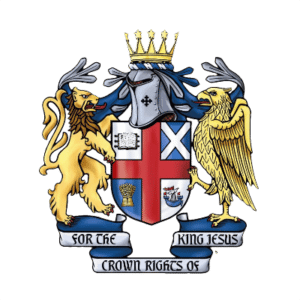
A Pioneer
in Distance Education
Founded in 1980. When distance education was frowned upon, or considered to offer a less than effective education, Whitefield offered its students the opportunity to work towards their degree in the privacy and comfort of their own home.
- Undergraduate
- Graduate
- Post Graduate
- Confessionally Reformed
- LMS & Social Network
- Among Best Tuition Rates









